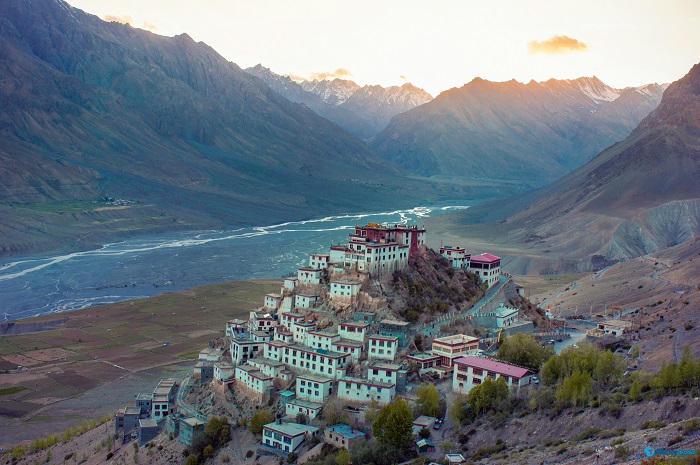Key Gompa, also known as Key Monastery, is one of the most iconic and revered Buddhist monasteries that is located in the Spiti Valley, in the southwestern part of Lahaul and Spiti District, in the State of Himachal Pradesh, within the northern part of the Republic of India. As this ancient monastery is perched on a hilltop at an altitude of 4,166 m (13,668 ft) above sea level, it offers breathtaking views of the surrounding mountains and valleys, and the monastery is not only a spiritual center but also a historical and cultural landmark that has played a vital role in the religious and cultural life of the region for centuries.
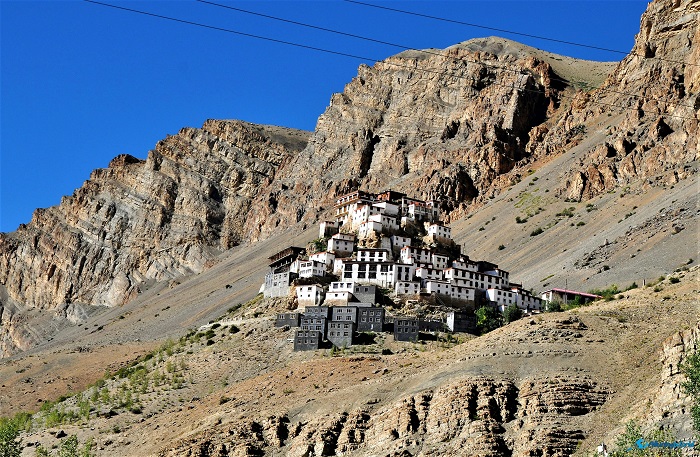
The construction of Key Gompa is believed to have started in the 11th century, making it one of the oldest monasteries in the Spiti Valley, and the monastery was founded by Dromton, a disciple of the famous Tibetan Buddhist teacher Atisha, who was instrumental in spreading Buddhism in Tibet and the surrounding regions. The monastery was built in the traditional Tibetan style, with a series of whitewashed buildings stacked on top of each other in a pyramid-like formation, however, over the centuries, Key Gompa has undergone several renovations and expansions, particularly after it was damaged by invasions, fires, and earthquakes, and despite these challenges, the monastery has retained its ancient charm and continues to be a symbol of resilience and devotion.
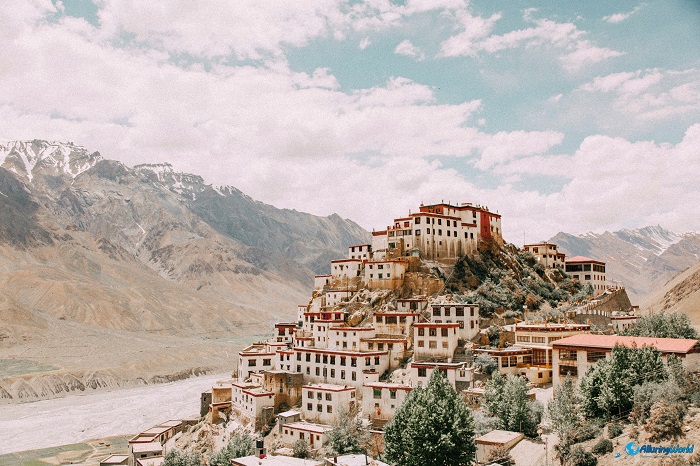
The importance of Key Gompa in the past and today cannot be overstated, because, in the past, it served as a religious and educational center, where monks studied Buddhist scriptures, philosophy, and rituals. In addition to this, it was also a key site for the dissemination of Buddhist teachings in the region, attracting scholars and monks from far and wide.
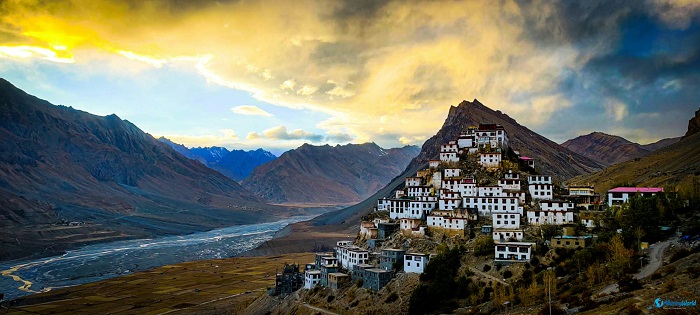
Today, Key Gompa is still an important center of learning and meditation. The monks who live here follow the Gelugpa sect of Tibetan Buddhism, also the school associated with the Dalai Lama. The monastery is also home to a vast collection of ancient manuscripts, thangkas (Tibetan Buddhist paintings on cotton or silk), and other religious artifacts, making it a treasure trove of Tibetan culture and history.
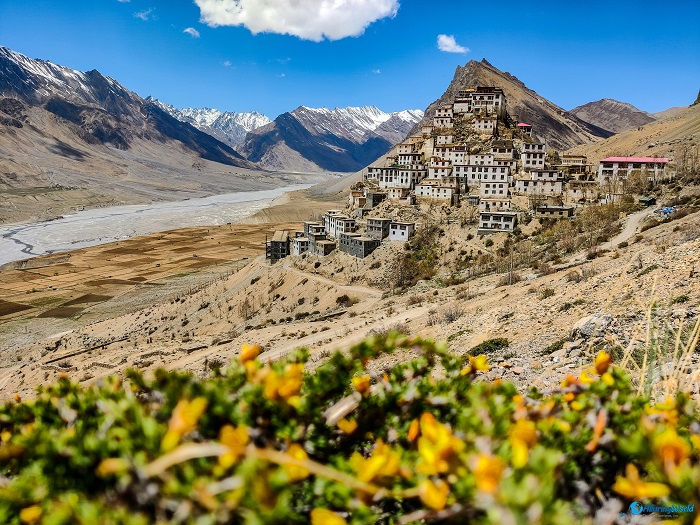
Visitors to Key Gompa can experience the spiritual ambiance of the monastery and explore its rich history and culture, and the journey to Key Gompa is an adventure in itself, as it involves traveling through the remote and rugged terrain of the Spiti Valley. The nearest town is Kaza, which is about 12 km (7.5 mi) from the monastery, this small town is well-connected by road to major cities in Himachal Pradesh, including Manali and Shimla, although the journey can be long and challenging due to the high-altitude conditions and the rough mountain roads. The best time to visit Key Gompa is during the summer, from May to September when the weather is relatively mild and the roads are accessible. In winter, the region is often cut off due to heavy snowfall, making travel difficult.
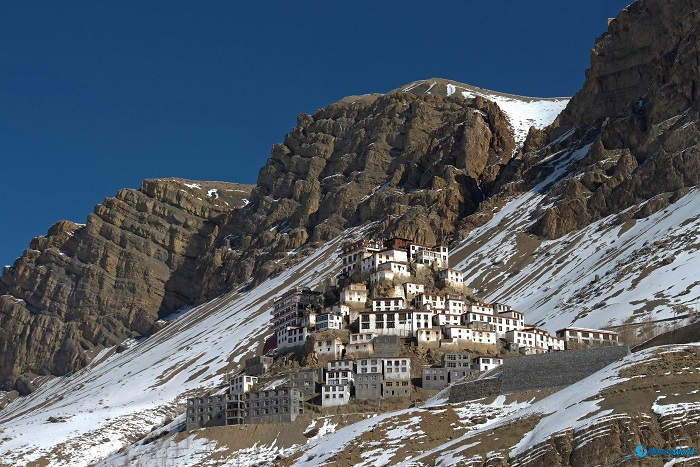
Still, Key Gompa has also been the site of several historic events over the centuries, as the monastery has witnessed numerous invasions and conflicts, particularly during the 17th century when it was attacked by Mongol and Dogra forces. These invasions caused significant damage to the monastery, but fortunately, it was rebuilt with the help of the local community and Buddhist leaders. In more recent history, Key Gompa has become a symbol of Tibetan Buddhism’s resilience and survival in the face of adversity, particularly following the Chinese invasion of Tibet in 1950, which led to an influx of Tibetan refugees into India, including many monks who sought refuge in the Spiti Valley.
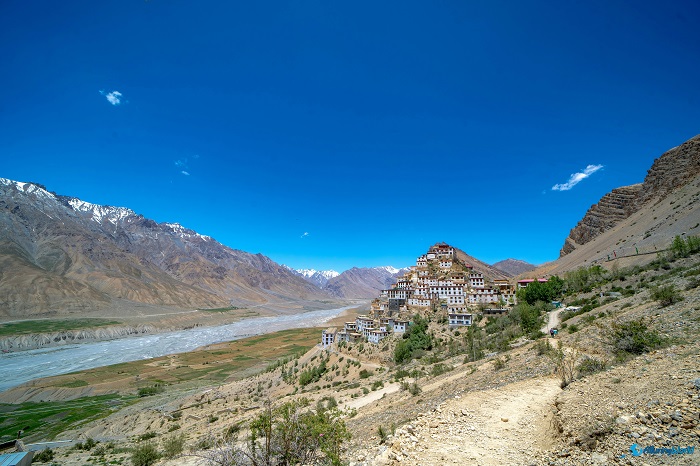
In addition to all these details, the architectural beauty of Key Gompa is another aspect that captivates and attracts visitors because the monastery’s buildings are adorned with intricate murals, sculptures, and paintings that depict scenes from Buddhist mythology and teachings. The main prayer hall, known as the Dukhang, is quite impressive, with its large statues of Buddha and the protective deities, as well as its richly decorated walls and ceilings. The monastery’s rooftop offers stunning panoramic views of the Spiti Valley, providing a sense of peace and serenity that is deeply connected to the spiritual significance of the place.
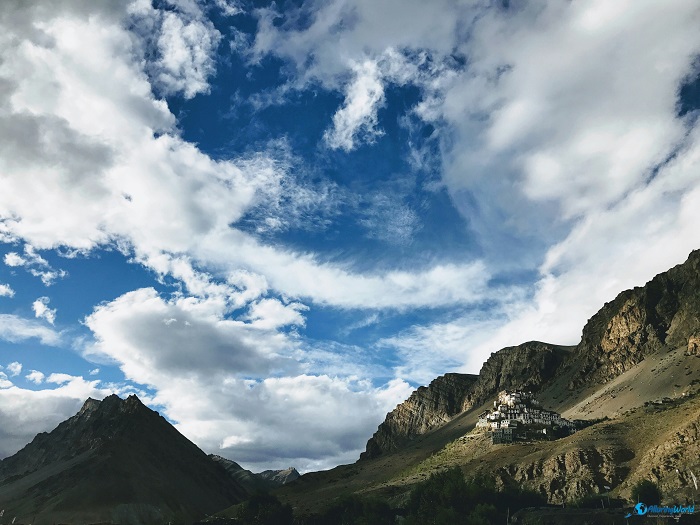
For those interested in experiencing the spiritual and cultural heritage of Key Gompa, the monastery is open to visitors year-round. Access is easier during the summer months when visitors are welcome to attend the daily prayers and rituals conducted by the monks, offering a unique opportunity to witness the living traditions of Tibetan Buddhism. The monastery also hosts several festivals throughout the year, including the annual Cham Dance festival, where monks perform traditional masked dances that symbolize the victory of good over evil, these festivals are a vibrant celebration of the monastery’s rich cultural heritage and are a highlight for many visitors.
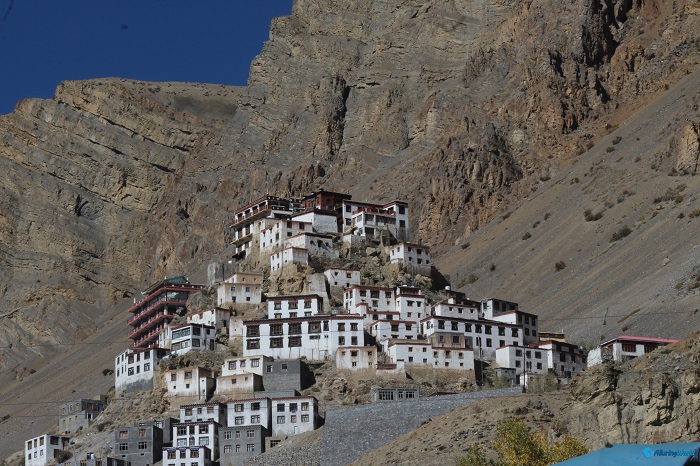
Nevertheless, Key Gompa’s significance extends beyond its religious and historical importance as it is a symbol of the enduring spirit of the Tibetan Buddhist community in the face of challenges and adversity. The monastery’s ability to withstand the test of time, surviving invasions, natural disasters, and political upheavals, is a testament to the resilience of the culture and the strength of the faith that has sustained it. Today, Key Gompa continues to be a place of pilgrimage for Buddhists from around the world and a destination for travelers seeking to connect with the spiritual and cultural richness of the Himalayas.
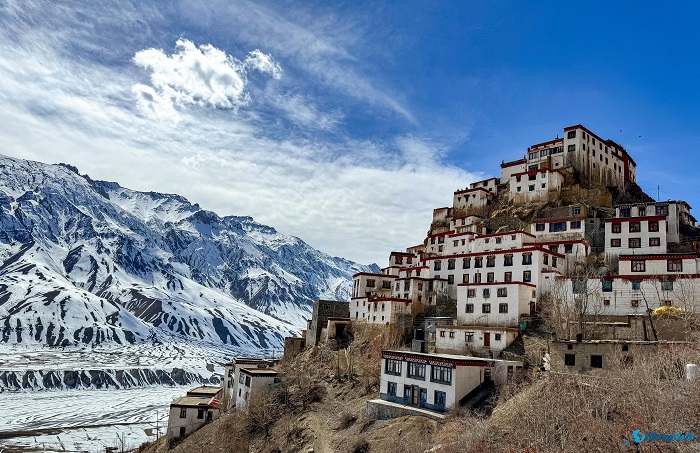
In conclusion, Key Gompa is not just a monastery; it is a living monument to the history, culture, and spirituality of the Spiti Valley, where its remote location, rich history, and enduring significance make it a must-visit destination for those interested in exploring the deeper aspects of Tibetan Buddhism and Himalayan culture, and whether you are drawn by the spiritual atmosphere, the architectural beauty, or the stunning natural surroundings, a visit to Key Gompa is sure to be a profound and unforgettable experience.
